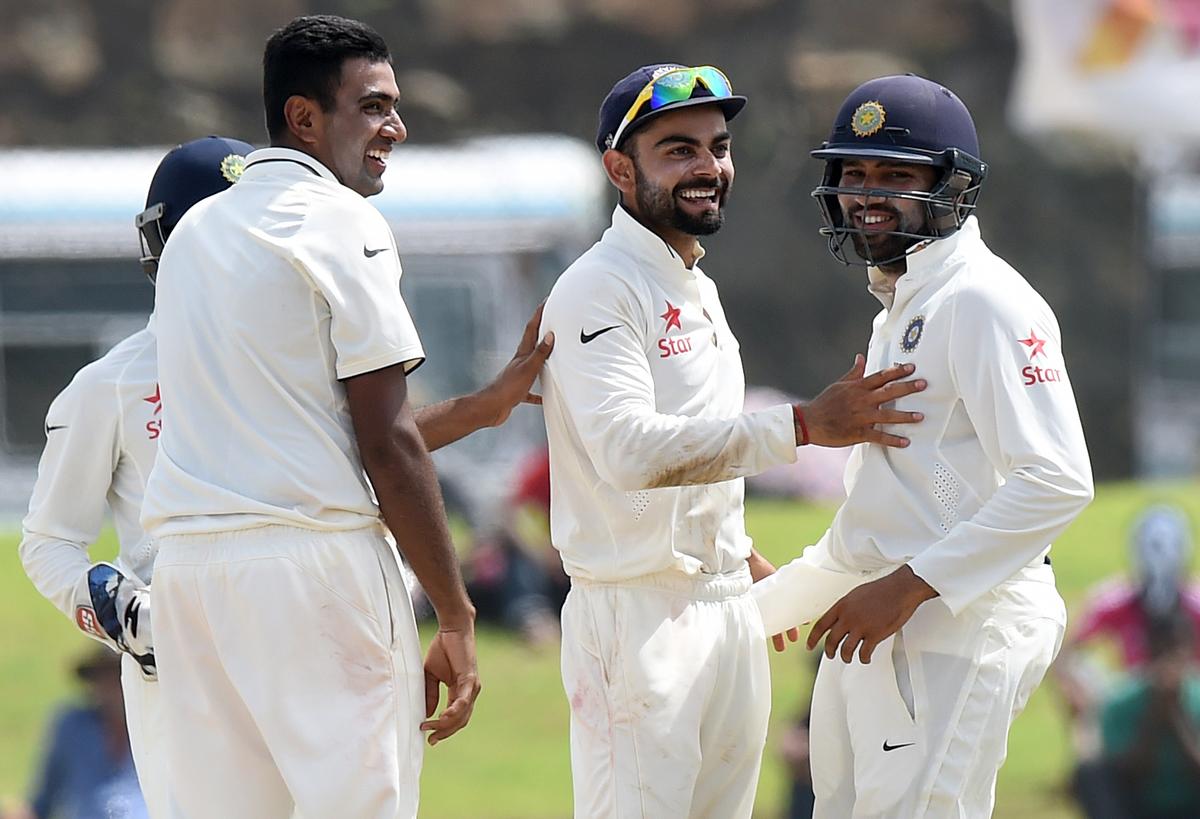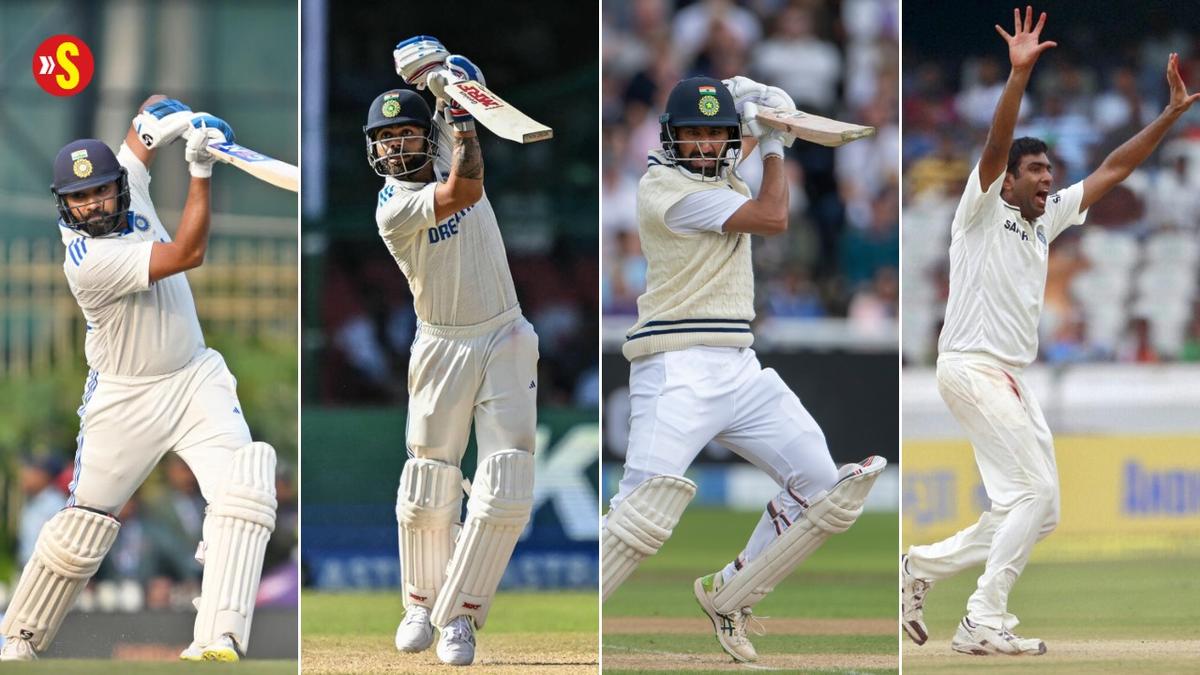For those who first fell in love with Test cricket in the late 2000s, the latest season has carried an ache. The scorecards look unfamiliar now. Virat Kohli has gone. So too Rohit Sharma and Cheteshwar Pujara. Before them, Ravichandran Ashwin had already folded away his whites. In less than 12 months, a generation that once gave India its shape and steel has quietly slipped into the pavilion.
Kohli, with his bristling authority and unrelenting intensity, was never just another batsman. He brought with him a different creed: victory as expectation, not aspiration. Rohit’s story was slower, more faltering, but no less remarkable. For years, he was a promise deferred, a talent that lived in the short form. Then, when time should have been closing in, he bloomed into a Test opener of substance.
Pujara was a craftsman out of time. His career will not be recalled through strike-rates or highlight reels, but in bruises taken at the Gabba and hours of sheer, obstinate refusal. Ashwin embodied the intellect of Indian cricket, a spinner of constant reinvention, setting fields and devising tricks as if every over were a puzzle to solve. Together, they were not just names on a team sheet but archetypes: the warrior, the stylist, the stoic monk, the chess player.

For more than a decade, Kohli, Rohit, Pujara and Ashwin were the heart of India’s Test side, which turned from a formidable host into an outfit that travelled with menace.
| Photo Credit:
AFP
For more than a decade, Kohli, Rohit, Pujara and Ashwin were the heart of India’s Test side, which turned from a formidable host into an outfit that travelled with menace.
| Photo Credit:
AFP
And when they came at once, the numbers told their own story. Across 30 Tests in which all four played, India won 20, lost only six, and drew four. At home, they were nearly untouchable, taking 18 of 22 matches. Abroad, the returns were more modest — two wins, two draws, three defeats — but even there, India no longer travelled as pliant guests.
For more than a decade, they were the heart of India’s Test side, a period in which India turned from a formidable host into an outfit that travelled with menace. The record is impressive: series wins in Australia and long reigns near the top of the Test rankings. Yet even this era bore its flaws. A series win in South Africa proved elusive. The World Test Championship trophies slipped away. For all the triumphs, the side did not quite conquer every peak.
But cricket is not only measured in silverware. It is measured in the memories we carry: Kohli snarling through the slip cordon, Rohit leaning into a pull, Pujara standing like a lone tree against a storm, Ashwin resetting his field with quiet calculation. These moments attached themselves to our own lives, the background score to our growing up, our growing older.
RELATED | Cheteshwar Pujara: The last of India’s Test purists
That is the sharpest truth behind these retirements. When players you once saw as new—Kohli driving on debut in Kingston, Rohit lofting his first strokes in Kolkata, Pujara steadying nerves in Bengaluru—step away, the clock tolls not only for them. It tolls for us too. The boy who stayed up to watch Adelaide is now balancing work calls. The student who once skipped lectures to catch a first session now checks scores between meetings. The passage of cricketers is the passage of spectators, and both are irreversible.
And so, a generation departs. Not with fanfare or prolonged farewells, but in the understated way of Test cricket itself: one name missing from a squad, another replaced in a team sheet, until suddenly the familiar spine is gone. What remains are the records, the replays, and the quiet gratitude for years in which Indian cricket was not merely competent but compelling.
Test cricket endures, as it always does, remaking itself with new protagonists. But for those who began their journey with the game in the first years of this century, the retirements of Kohli, Rohit, Pujara and Ashwin mark something more personal: the end of an era, and the reminder that time, like a tired fifth-day surface, only wears forward.
Published on Aug 24, 2025







